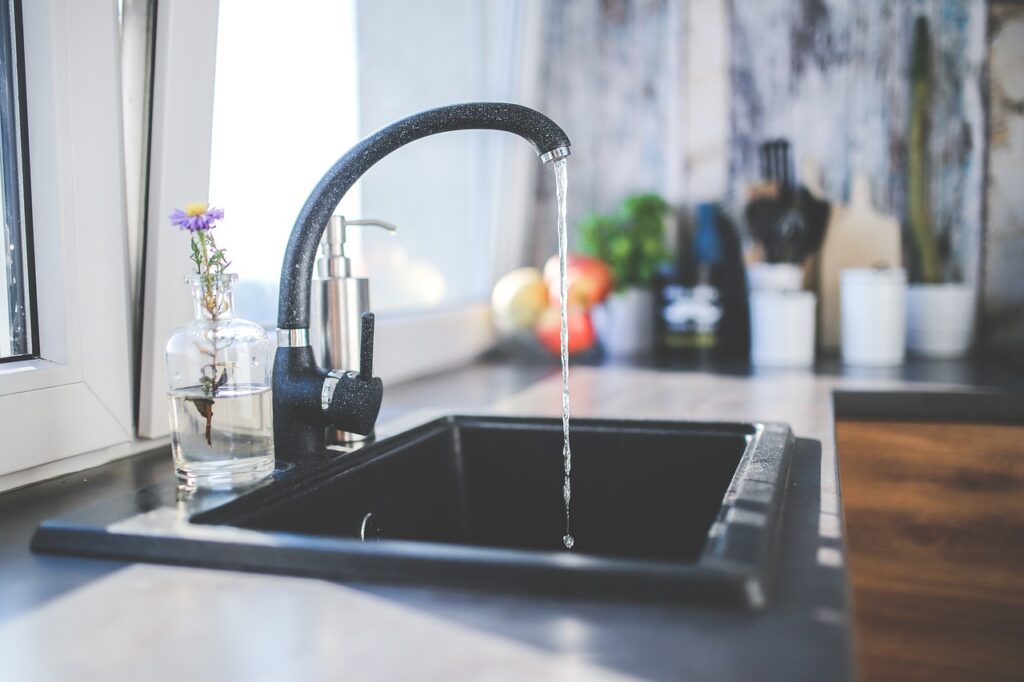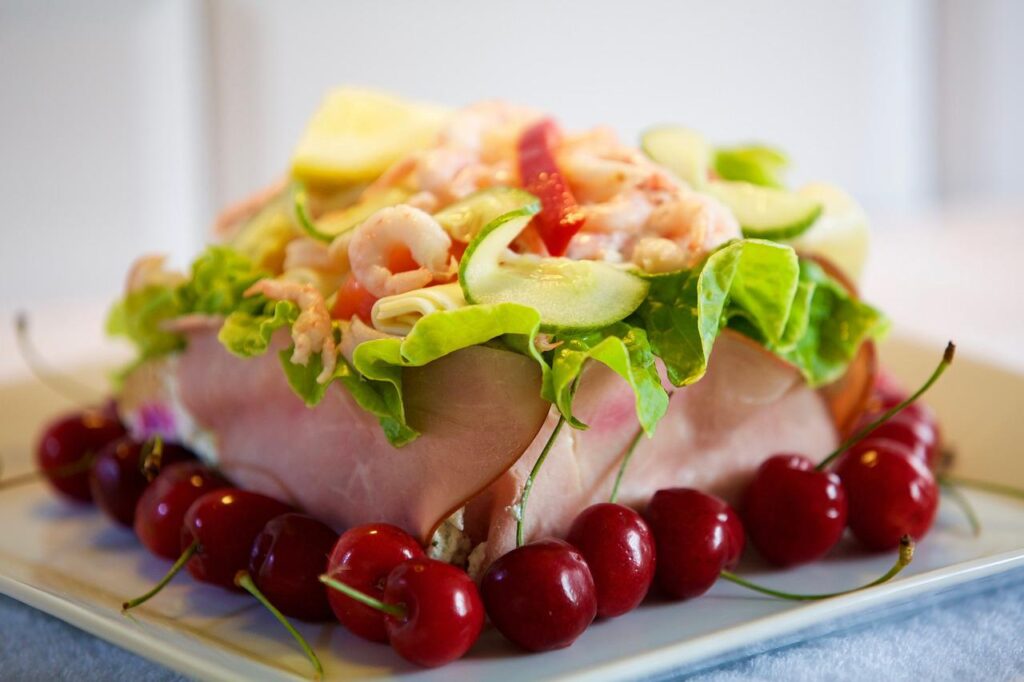Are Swedish Fish Gluten Free? What You Should Know
Are Swedish Fish gluten free? In this post, we will provide usefull information about the gluten content of this popular candy. What are Swedish Fish? Swedish Fish are a type of chewy candy that originated in Sweden and have become popular worldwide. Despite their name, Swedish Fish are not actually fish or seafood-related in any […]
Are Swedish Fish Gluten Free? What You Should Know Read More »







